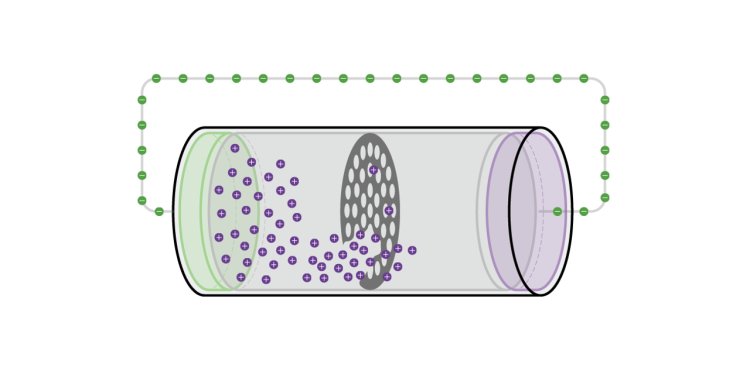Here’s Why Lithium-Ion Batteries Are Catching Fire
Deadly incidents raise safety concerns about batteries used to power electric cars and cellphones By Josh Ulick , Adrienne Tong and Danny Dougherty July 29, 2023 9:00 am ET Thanks to their ability to store large amounts of energy in a small package, lithium-ion batteries have become increasingly popular, powering such devices as laptops and vape pens as well as electric cars and bikes. While most of the batteries operate safely, a small percentage can malfunction and catch fire, sometimes with lethal results. The Dutch coast guard is investigating whether a deadly fire aboard a car carrier Tuesday originated in one of the electric vehicles onboard. In June, four people died from a fire caused by lithium-ion batteries at an e-bike repair store in New York City,

Thanks to their ability to store large amounts of energy in a small package, lithium-ion batteries have become increasingly popular, powering such devices as laptops and vape pens as well as electric cars and bikes. While most of the batteries operate safely, a small percentage can malfunction and catch fire, sometimes with lethal results.
The Dutch coast guard is investigating whether a deadly fire aboard a car carrier Tuesday originated in one of the electric vehicles onboard. In June, four people died from a fire caused by lithium-ion batteries at an e-bike repair store in New York City, part of a growing trend. There were 74 lithium battery incidents on flights last year, according to the Federal Aviation Administration, and that number rose every year but three during the preceding decade.
Here’s how the batteries work, and how they can malfunction:
Faulty Manufacturing
Even small manufacturing flaws can lead to problems with the batteries. Samsung recalled and discontinued its Galaxy Note 7 phones in 2016 after customers reported battery fires.
One cause was poorly controlled welding of the batteries, which resulted in abnormally high “burrs” on the cathode’s surface. When packaged in the casing, the burrs penetrated the separator, allowing contact between the anode and cathode, resulting in short circuits and fires.
Thermal Runaway
Once it enters an uncontrolled, self-heating state (known as “thermal runaway”), a battery can vent toxic and flammable gases, in some cases generating hydrofluoric acid, which can cause severe chemical burns. The fires burn so hot and quickly that it can be extremely difficult to extinguish them or escape in time.
New York City has experienced a string of fatal e-bike fires. The use of secondhand or modified batteries, which are more likely to have dangerous flaws, has contributed to the problem, as has the practice of charging batteries unattended overnight indoors. The number of fires in devices such as e-bikes and scooters jumped from 44 to 220 between 2020 and 2022 in the city. According to the New York City Fire Department, so far this year 13 people have died from the fires, more than double the six fatalities that occurred last year.
Seeking Solutions
In March, New York City Mayor Eric Adams signed five bills into law that, among other steps, prohibit the sale of used reconditioned batteries as well as those that don’t meet recognized safety standards.
New York lawmakers have also signaled support for federal safety regulations for lithium-ion batteries in personal mobility devices.
Meanwhile, scientists are exploring ways to make the batteries safer and less flammable.
One approach involves “solid-state” lithium-ion batteries. These differ from most lithium-ion batteries today because the electrolyte is a solid, rather than a flammable liquid. That allows faster charging, less risk of fire and longer battery life.
“I think the ultimate solution to the dendrite challenge lies in either moving to solid-state electrolytes or water-based [aqueous] electrolytes. Both are nonflammable and so the fire hazard goes away,” said Rensselaer Polytechnic Institute endowed professor of engineering Nikhil Koratkar, who is co-founder of a startup that is experimenting with nonflammable, water-based electrolytes.
Write to Josh Ulick at [email protected], Adrienne Tong at [email protected] and Danny Dougherty at [email protected]
What's Your Reaction?

















